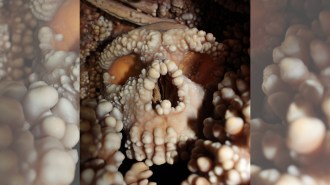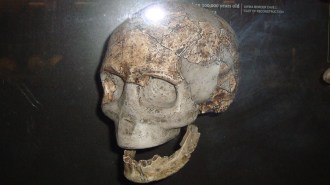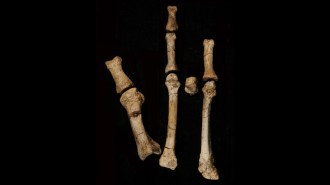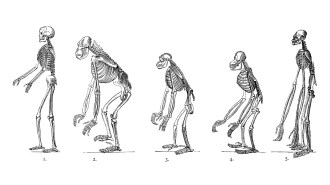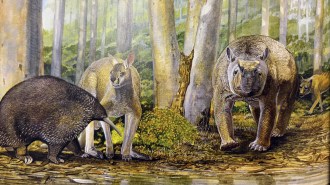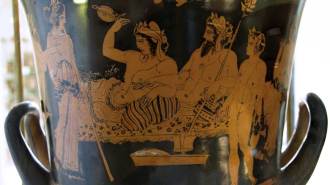Advantage: Starch
New genetic evidence supports the controversial notion that the lowly tuber propelled humans to the top of the evolutionary heap.
Human saliva is rich in amylase, an enzyme that breaks starch into glucose before it’s swallowed. People carry more copies of the amylase gene than their ape relatives do and in turn make more of the enzyme, according to a report in the October Nature Genetics.
Nathaniel Dominy, an anthropologist at the University of California, Santa Cruz who coauthored the report, says that the findings add to other evidence that starch from tubers, corms, and bulbs provided crucial calories in the early human diet.
The study found that people carry up to 15 copies of the amylase gene. Chimpanzees, whose diets contain little starch, carry just two copies.
Moreover, people in aboriginal cultures that eat mostly meat or fish carry fewer copies of the gene and produce less of the enzyme than do nearby aboriginal people who consume lots of starch. For instance, the Yakut people of the Asian Arctic, who subsist on seafood, carry fewer copies of the amylase gene than their close genetic kin the Japanese, who get lots of starch from rice. The same pattern holds for two Tanzanian tribes: The Datog, who raise livestock, have fewer copies than the Hadza, who primarily gather tubers and roots.
“This is good evidence that natural selection” favors additional copies of the amylase gene in groups that rely on starchy foods, says Dominy.

